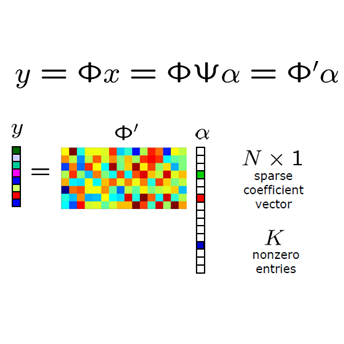Unsourced random access (URA) is an increasingly popular communication paradigm attuned to machine driven data transfers in \textit{Internet-of-Things} (IoT) networks. In a typical URA setting, a small subset of active devices within a very large population wish to transmit short messages to a central base station. Originally defined for base stations equipped with a single antenna, the URA paradigm has recently been extended to practical scenarios involving base stations with a massive number of antennas by Fengler et al. The proposed concatenated coding scheme therein utilizes a non-Bayesian sparse recovery algorithm coupled with the tree code introduced by Amalladinne et al. in the context of coded compressed sensing. Currently, the existing MIMO implementation uses these two components in isolation. This article introduces an enhanced successive cancellation list decoding style scheme that facilitates dynamic interactions between the sparse recovery algorithm and the tree decoder. This modification can reduce the search space of the AD algorithm drastically; and it results in significant improvements both in terms of error performance and computational complexity. Simulation results reveal that, for a system with 100 active users, the proposed decoder reduces the number of required antennas at the base station by 23\% to achieve a performance akin to the scheme by Fengler et al.
翻译:由无源随机访问(URA)是一个日益流行的通信模式,用于在\ textit{ Internet of Things} (IoT) 网络中由机器驱动的数据传输。在典型的 URA 环境中,大量人口中的一小组活动装置希望将短信息传送到中央基地站。最初为配备单一天线的基础站所定义的 URA 模式最近已扩展至由Fengler 等人等提供大量天线的基地站的实用情景。 拟议的组合编码方案利用非巴耶斯稀有恢复算法以及Amalladinnne 等人在编码压缩传感器中引入的树码。 目前,MIMO现有的实施过程将这两个部件单独使用。 本条引入了一个强化的连续取消列表解码风格方案, 便利了稀疏恢复算算法和树解码器之间的动态互动。 这一修改可以大幅缩小AD 算法的搜索空间; 在错误性表现和计算复杂性两方面都取得了显著的改进。 模拟结果显示, 对于一个由100个活跃用户组成的系统来说, 23 和正基天线系统需要通过性测测测测测测测测测测测测测测测到23 的天站的天线, 将所需的天线到23 的天线的天线降低测距到测距站的天线到23 等等等等的天线的天线的天体的天体的天体的天体数量。



